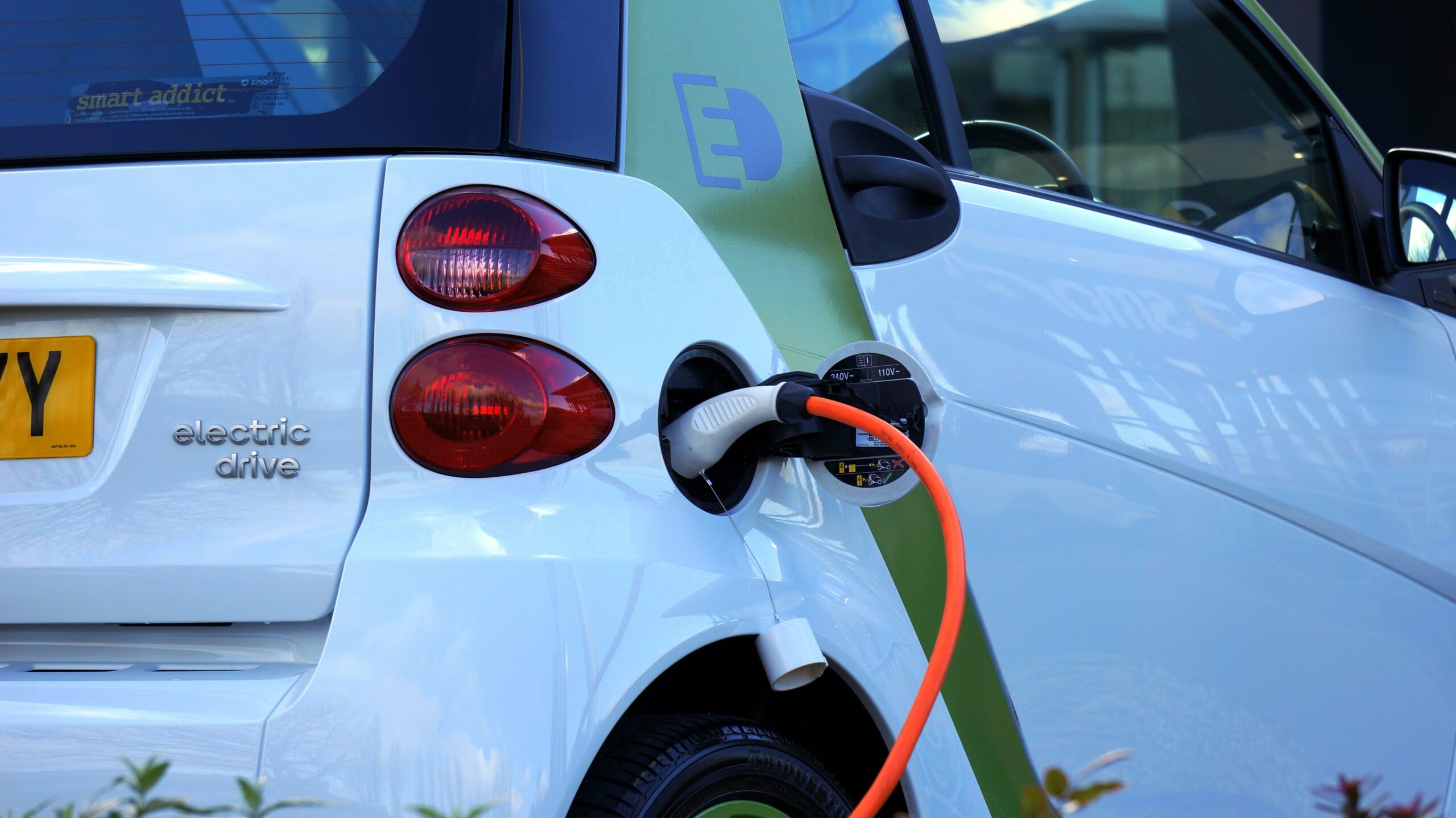Electric vehicles (EVs) have become a popular choice for environmentally conscious consumers who want to reduce their carbon footprint. With the increasing demand for EVs, it is essential to develop infrastructure that supports this sustainable mode of transportation. Electric vehicle charging stations (EVCS) are one such solution that can revolutionize the way we travel and consume energy.
The development of EVCS presents an opportunity to create a more sustainable future by reducing greenhouse gas emissions and promoting renewable energy sources. As more people switch to electric cars, there will be increased pressure on governments and private companies to support these efforts with charging stations that provide convenient access to electricity. This article explores the potential benefits of EVCS in terms of supporting clean mobility and highlights how they could transform our current transportation system into a cleaner, greener model for generations to come.
The Rise Of Electric Vehicles
The world has witnessed a significant shift towards electric vehicles (EVs) due to growing concerns over climate change, energy security, and air pollution. The rise of EVs can be attributed to the advancements in battery technology that have made them more efficient than ever before. With government incentives for purchasing an EV, many consumers are finding it financially appealing to switch from gas-powered cars.
Battery technology advancements have been one of the primary drivers behind the growth of EVs. New types of batteries with higher energy densities, longer lifetimes, and faster charging times have increased the range and convenience of these vehicles. Additionally, governments around the world are offering financial incentives such as rebates or tax credits for purchasers of EVs. This encourages people to make environmentally conscious decisions while also benefiting their wallets. As the demand for clean transportation continues to grow, we can expect further technological innovations and governmental policy changes that will continue pushing us towards a sustainable future without relying on fossil fuels.
The Need For Sustainable Infrastructure
The shift towards electric vehicles (EVs) has ushered in a new era of transportation and energy, one that is dependent on the availability of reliable charging infrastructure. However, as EV adoption continues to rise, there is an increasing need for sustainable infrastructure that can support this transition. This includes not only charging station deployment but also renewable energy sources and smart grid integration.
Renewable energy sources are critical components of sustainable infrastructure since they reduce dependence on fossil fuels and help limit carbon emissions. As such, incorporating renewable energy into EV charging stations provides numerous benefits, including reduced costs associated with electricity consumption and increased access to clean power. Additionally, integrating EV charging stations with the existing electrical grid through smart grid technology enables more efficient use of available resources while simultaneously reducing strain on the grid during peak periods. Therefore, investing in sustainable infrastructure that incorporates these features will be crucial to ensuring long-term success for both EVs and our overall energy system.
Benefits of Renewable Energy Sources:
– Reduced dependence on fossil fuels
– Lower electricity costs
– Increased access to clean power
Investing in Sustainable Infrastructure:
– Incorporating renewable energy sources into EV charging stations.
– Smart grid integration for efficient resource utilization.
– Ensuring long-term success for both EVs and the overall energy system.
How Electric Vehicle Charging Stations Work
Electric vehicle charging station is an essential component of the electric mobility infrastructure. These stations supply electricity to recharge the batteries of electric vehicles, enabling them to travel long distances. The process of recharging an EV battery involves several steps and protocols that ensure efficient power transfer from the grid to the vehicle.
One critical aspect of how electric vehicle charging stations work is their ability to communicate with a range of different vehicles and charge them efficiently using various charging protocols. There are three main types of charging protocols: Level 1 (120 volts/15 amps), Level 2 (240 volts/30-60 amps), and DC Fast Charging (480 volts). Each protocol has its unique specifications for voltage, current, and time required to charge an EV’s battery fully. Additionally, integrating these charging stations into the existing power grid network requires careful planning due to varying energy demands across different locations. Therefore, effective utilization of renewable sources such as solar or wind power can help optimize power grid integration while reducing carbon emissions.
Advantages Of Electric Vehicle Charging Stations
As mentioned in the previous section, electric vehicle charging stations (EVCS) work by providing energy to recharge an EV’s battery through a process called AC-to-DC conversion. However, beyond just being a means of recharging vehicles, these stations offer several advantages that make them stand out as the future of transportation and energy.
Firstly, cost effectiveness is one of the most significant benefits of EVCS. The fueling costs for electric cars are considerably lower than those of petrol or diesel-fueled cars. Also, installing an EV charging station at home can save car owners from having to pay for public charging services continually. Moreover, owning an electric car can lead to long-term savings on maintenance expenses since they have fewer moving parts compared to internal combustion engine vehicles.
Accessibility is another advantage offered by EVCS. Unlike gasoline-powered cars that require regular refueling stops at specific locations like gas stations, Electric Vehicle Charging Stations could be installed anywhere with access to power supply including homes and workplaces which makes it easier for people who own electric vehicles not only find vicinity but also spend less time charging their cars before continuing their journey. Additionally, promoting accessibility via more widespread installation of such infrastructures may encourage drivers hesitant about purchasing or using EVs due to range anxiety concerns.
Advantages of Electric Vehicle Charging Stations:
* Cost-effectiveness
* Accessibility
* Fewer Maintenance Expenses
* Promotes Environmental Sustainability
Overall, given the notable economic advantages and convenience provided by this technology over traditional fossil fuel options – coupled with its potential as a tool for tackling climate change issues – it seems clear that Electric Vehicle Charging Stations will play a crucial role in shaping our planet’s future transportation landscape.
The Future Of Clean Mobility
Electric vehicle adoption, along with green energy solutions, is rapidly changing the landscape of transportation. The increasing demand for electric vehicles has led to a surge in the installation of charging stations worldwide. This shift towards clean energy mobility is driven by several factors, including environmental concerns and government regulations aimed at reducing carbon emissions.
The future of clean mobility depends on the widespread adoption of electric vehicles and the availability of reliable charging infrastructure. Governments across various countries are incentivizing consumers to switch to electric vehicles through tax credits and other benefits such as free parking or access to carpool lanes. As more people make this transition, there will be an increased need for renewable energy sources like solar power to supply electricity to these vehicles. To achieve sustainable transportation systems, it is crucial that we continue investing in research and development of new technologies that promote greener alternatives for both private and public transport sectors.
Conclusion
The rise of electric vehicles (EVs) has brought about a significant change in the transportation sector. However, to ensure their long-term viability, sustainable infrastructure is crucial. Electric vehicle charging stations are becoming increasingly popular as they provide an efficient and convenient way for EV owners to recharge their cars.
Electric vehicle charging stations work by converting AC power into DC power that can be stored in the car’s battery. The charging process varies depending on the type of station and the electric car being charged but generally takes anywhere from 30 minutes to several hours.
The advantages of electric vehicle charging stations include reduced carbon emissions, lower running costs, and increased energy security. They also have the potential to improve air quality in cities by reducing pollution levels caused by traditional gas-powered vehicles.
As we look towards a future with cleaner mobility options, investing in sustainable infrastructure such as electric vehicle charging stations will become increasingly important. As the adage goes, “the journey of a thousand miles begins with one step.” By taking small steps like installing more EV charging stations, we can move closer towards achieving a greener and more sustainable world for generations to come.



